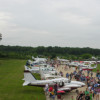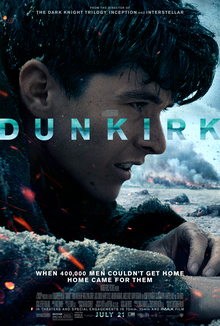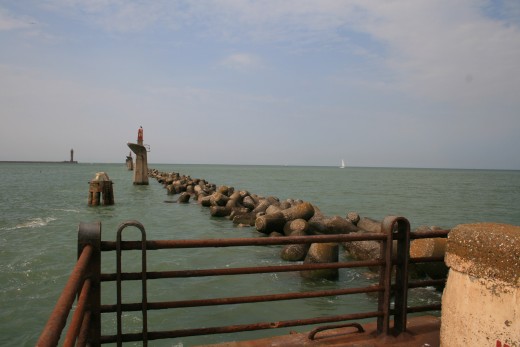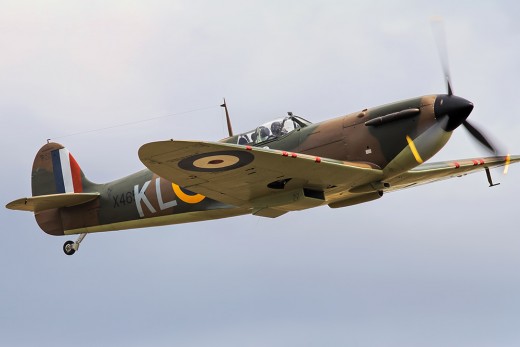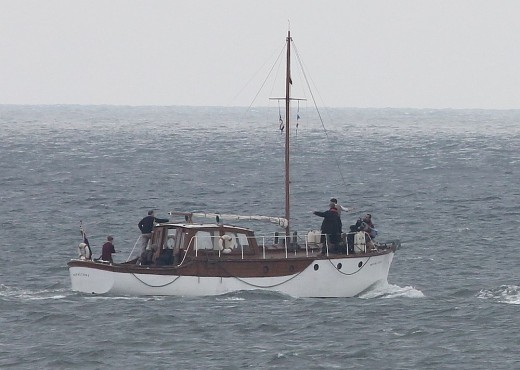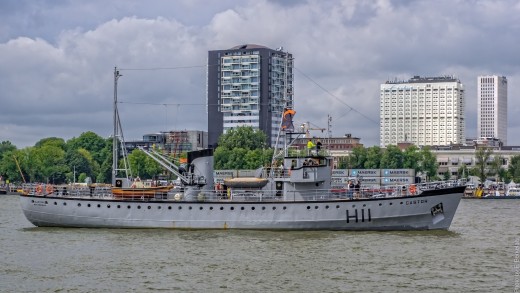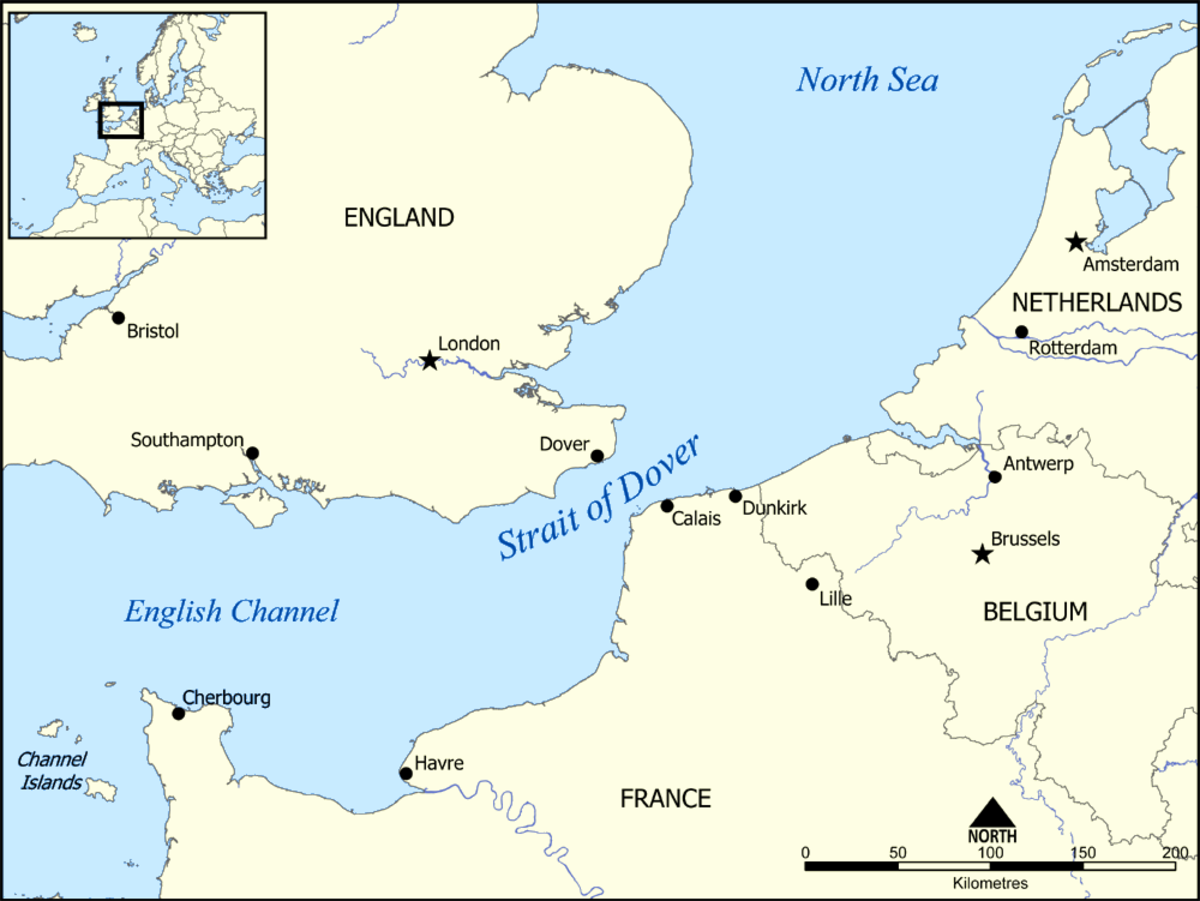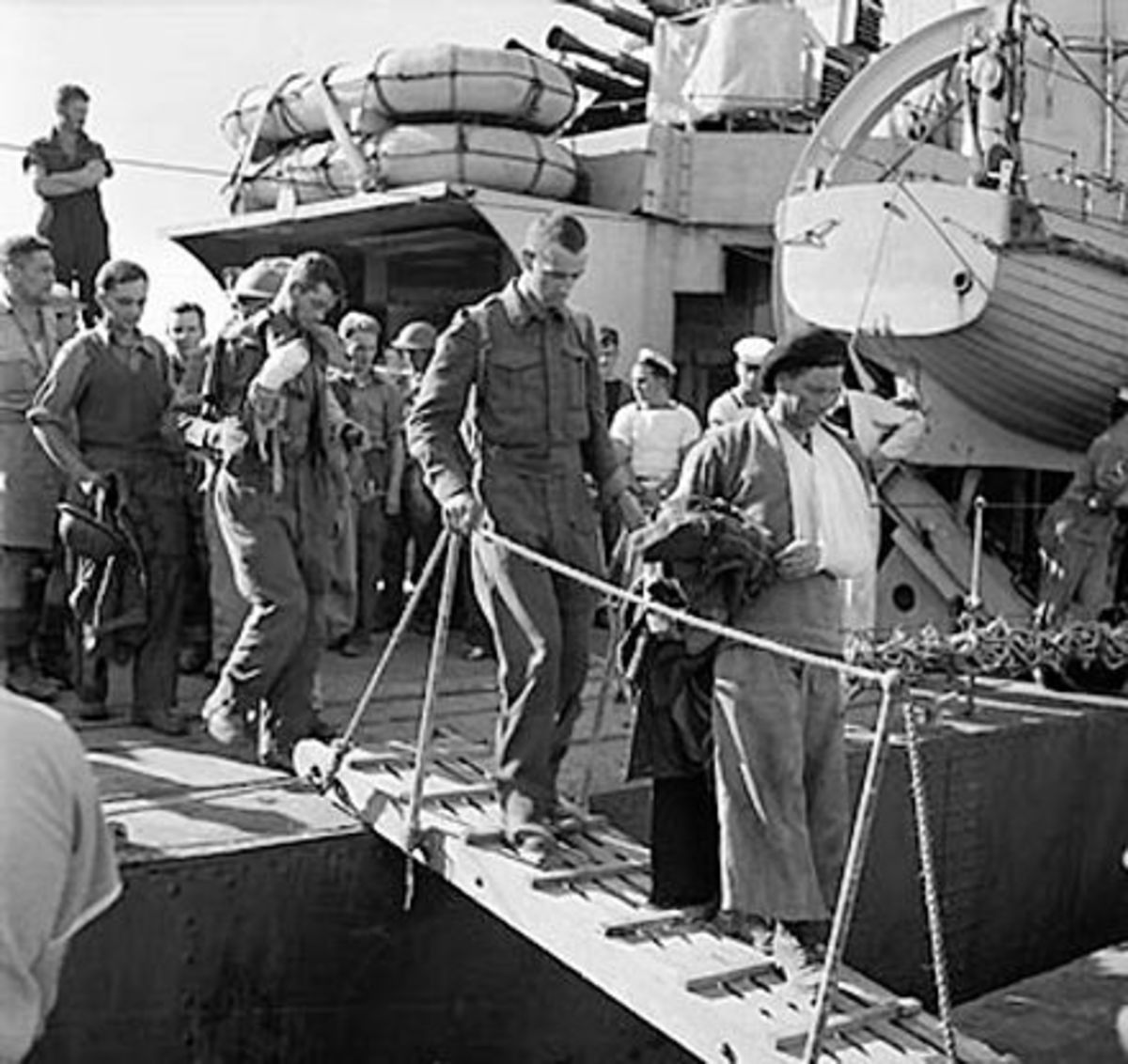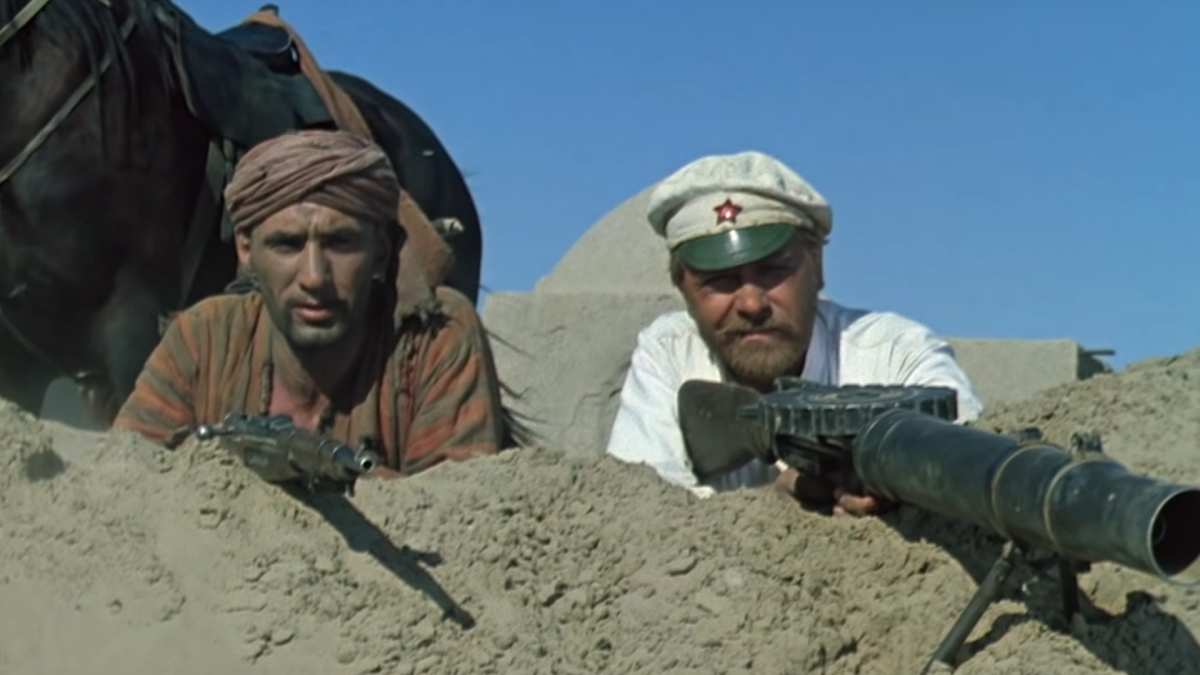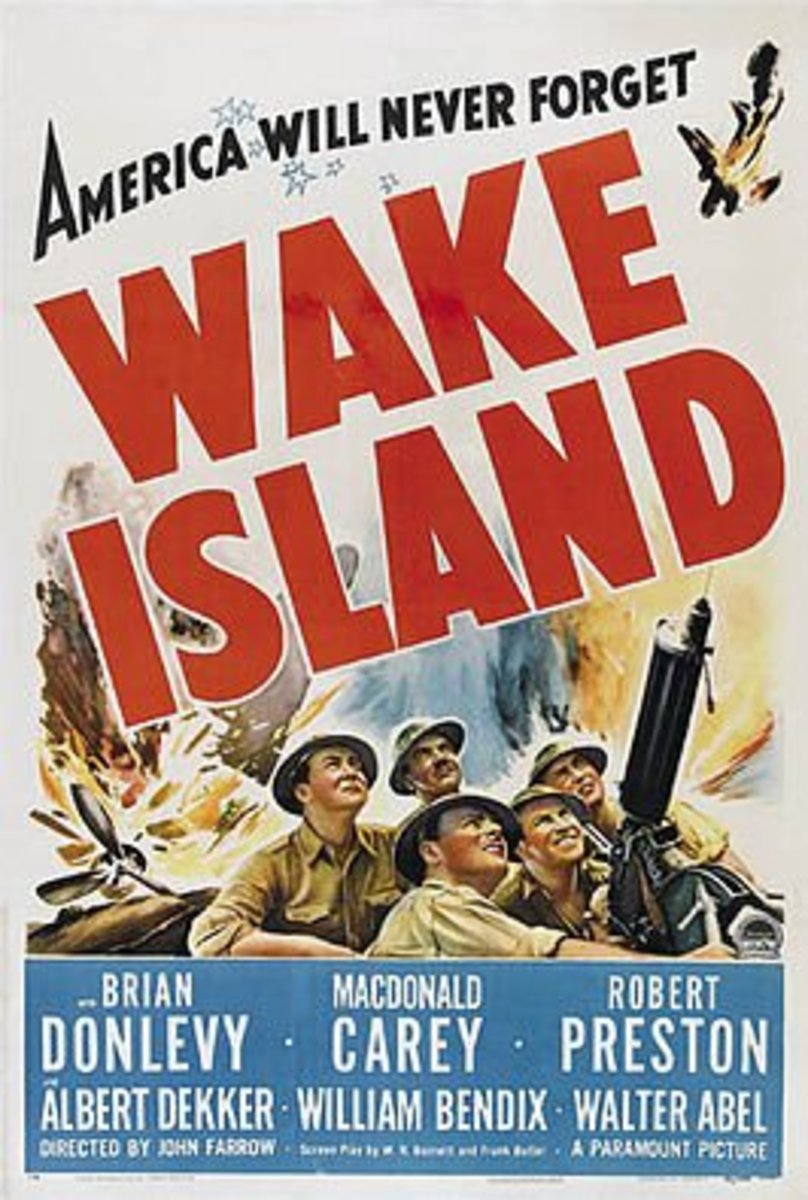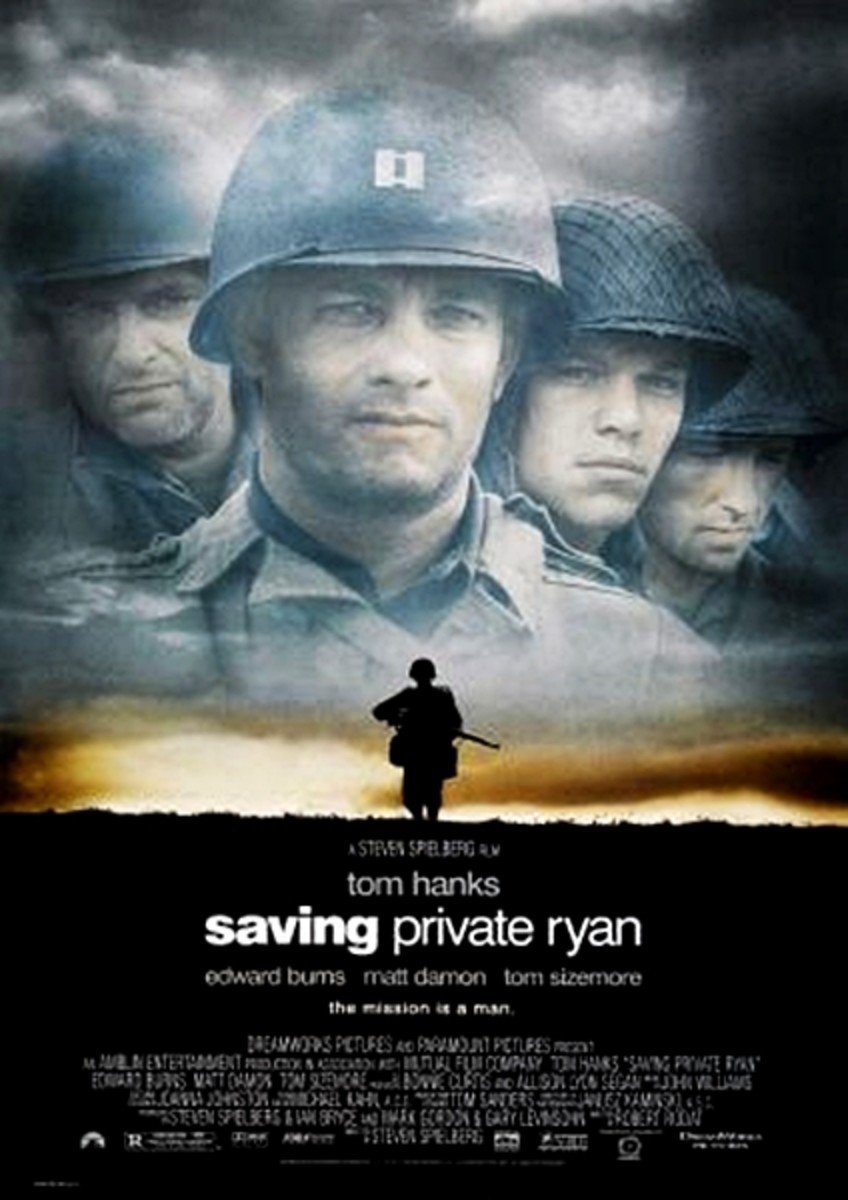Dunkirk the Movie





About The Movie
I watched the movie Dunkirk and believe it to be an excellent movie. Dunkirk should be considered on any list of great war movies. The movie is based on the evacuation of allied soldiers at Dunkirk from May 26 to June 4, 1940.
Dunkirk has plenty of action. The MPAA gave Dunkirk a PG-13 rating “for intense war experience and some language.” Dunkirk gives the viewer a feeling for what it was like being there rather than a history lesson. Dunkirk relies on visuals rather than dialogue to give the audience an empathy with the characters.
The movie has 3 main venues, the Dunkirk beach “The Mole”, the English Channel, and the sky. The film covers 1 week on the Dunkirk Beach, one day on the English Channel, and one hour in the sky. This is a bit confusing since some events are shown twice from the perception of 2 different venues. The 3 timelines also run parallel. A day and night would go by on “the mole” while an hour or 2 go by in the English Channel, and a few minutes go by in the air.
The main character on the Dunkirk beach is a British soldier appropriately named “Tommy”[i] (Fionn Whitehead). The main characters in the English Channel is Mr. Dawson (Mark Rylance), his son Peter (Tom Glynn-Carney), and Peter’s friend George (Barry Keoghan). The Royal Navy requisitioned Mr. Dawson’s boat. Mr. Dawson decided to take his boat to Dunkirk rather than simply let Royal Navy sailors take his boat. The main characters in the air, besides the aircraft, were 2 RAF pilots Farrier (Tom Hardy) and Collins (Jack Lowden).
Tommy and the other soldiers were doing their best to deal with their situation. Some dealt with the situation better than others. The 3 people on Mr. Dawson’s boat and the Spitfire pilots were doing their best to help the trapped soldiers at Dunkirk.
[i] “Tommy” was a nickname for British soldiers.
What it doesn’t have
What separates Dunkirk from most other war movies is what it doesn’t have. There are no women in major roles in Dunkirk. The movie does depict women involved in the evacuation. There are no American characters in the movie. Dunkirk happened before America entered the war but that hasn’t stopped some film makers from sticking an American in such films before.
The movie only covers Dunkirk from the British side. French troops are shown and a Frenchman and a Dutchman have speaking roles but the perspective is from the British side. While German planes are shown Germans are an unseen enemy. A couple of Germans are seen at the end of the movie and they are partially obscured. Covering one side of a battle is a disadvantage of most war movies but works to Dunkirk’s advantage. Tommy and the other troops are shot at by an unseen enemy. The film doesn’t spend time vilifying the enemy or showing their ineptitude. When the Germans bombed a hospital ship Commander Bolton (Kenneth Branagh) didn’t say something like “those nasty Nazis” but instead shouted out orders to get the ship away from the dock before it sank lest the sunken hulk would prevent other ships from coming in. Luftwaffe bombing sank the hospital ship PARIS, killing 2 of its crew, and damaged the Hospital ship WORTHING.[i] Colonel Winnant (James D’Arcy) rather than proclaim the German tanks stopping a blunder stated, “Why waste precious tanks when they can pick us off from the air like a fish in a barrel?”[ii] During the dogfights Luftwaffe planes didn’t crash into each other.
The movie didn’t have a “one-man-army” character. No character gave a heroic speech. Characters acted bravely but their actions and results were credible. Mr. Dawson explained his actions rather than make an emotional speech. Near the end of the movie Mr. Dawson mentioned his backstory which may have played a part in his decision to take his boat to Dunkirk. The movie only gave a back story for Mr. Dawson and George.
[i] The scene in the movie of the hospital ship sinking was ambiguous. The ship was adjacent to a dock load of uninjured soldiers, a legitimate target. This could also give the impression the ship was being used as a troop carrier.
[ii] Many historians view the Germans stopping their tanks as a blunder.
Some Stats about the Dunkirk Evacuation
The Dunkirk evacuation, named OPERATION DYNAMO, lasted from May 27-June 4, 1940. The operation brought 338,226 allied troops to England.[i] These included 198,229 British and 139,997 French and Belgian troops. There were 850 allied warships involved in the evacuation. In the final phase of the evacuation Great Britain requisitioned 700 private ships.[ii]
The allies lost 9 destroyers (3 French and 6 British), and 19 others suffered damage. The allies lost 9 other major vessels. The Germans sank over 200 smaller ships and boats and they damaged about 200 others.[iii]
The RAF flew 4,822 sorties in OPERATION DYNAMO and lost 100 aircraft. The allies claimed to have shot down 240 Luftwaffe aircraft.[iv] Weather prevented the Luftwaffe from carrying out missions most of the time. German aircraft were only able to seriously interfere with the evacuation on May 27th, the afternoon of May 29th and June 1st. The allied naval losses were so great on June 1st Admiral Sir Bertran Ramsay ordered evacuations to only be carried out at night.[v]
The Germans captured 35,000-40,000 allied troops, mostly French.
[i] JG26 Top Guns of the Luftwaffe, by Donald L. Caldwell © 1991.
[ii] World War 2 Heritage, (http://www.worldwar2heritage.com/en/timeline-details/10/Operation-Dynamo), last accessed August 6, 2017
[iii] World War 2 Facts: Dunkirk Evacuation, (http://www.worldwar2facts.org/dunkirk-evacuation.html), last accessed August 6, 2017.
[iv] World War 2 Facts: Dunkirk Evacuation, (http://www.worldwar2facts.org/dunkirk-evacuation.html), last accessed August 6, 2017.
[v] The Luftwaffe War Diaries, by Cajus Bekker, © 1966 by Macdonald & Company, Ltd.
[vi] World War II Almanac 1931-1945, by Robert Goralski © 1981, P. 116. & World War 2 Heritage, (http://www.worldwar2heritage.com/en/timeline-details/10/Operation-Dynamo), last accessed August 6, 2017
Left Behind at Dunkirk
Vehicles
| 75,000
|
Machine Guns
| 11,000
|
Antitank Rifles
| 6,400
|
Artillery Pieces
| 1,200
|
Antiaircraft and Antitank Guns
| 1,250
|
Tons of Fuel
| 147,000
|
Tons of Supplies
| 377,000
|
Tons of Munitions
| 68,000
|
Sources: World War II Almanac 1931-1945, by Robert Goralski © 1981, P. 116. & World War 2 Heritage, (http://www.worldwar2heritage.com/en/timeline-detai... last accessed August 6, 2017
This content is accurate and true to the best of the author’s knowledge and is not meant to substitute for formal and individualized advice from a qualified professional.
© 2017 Robert Sacchi
